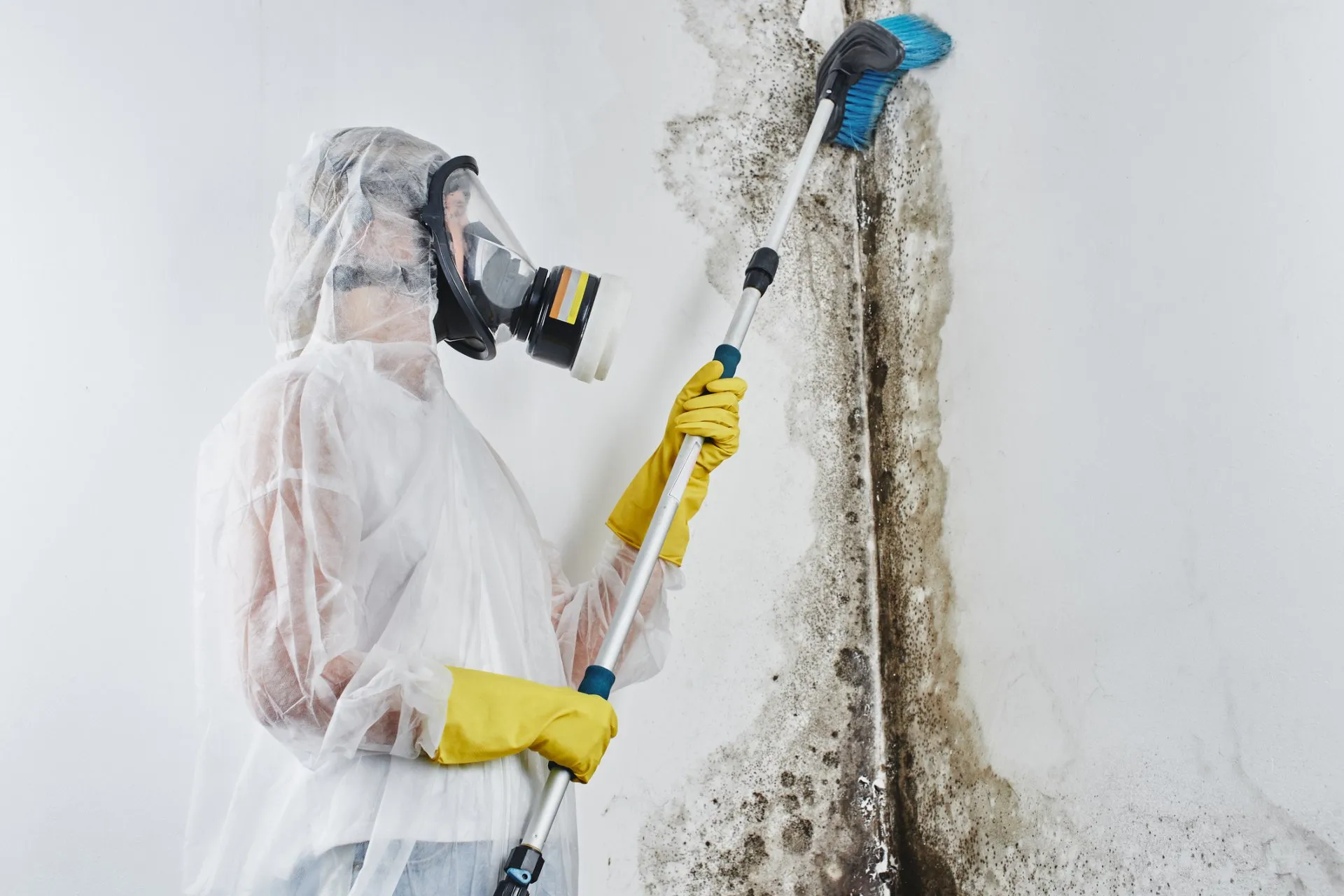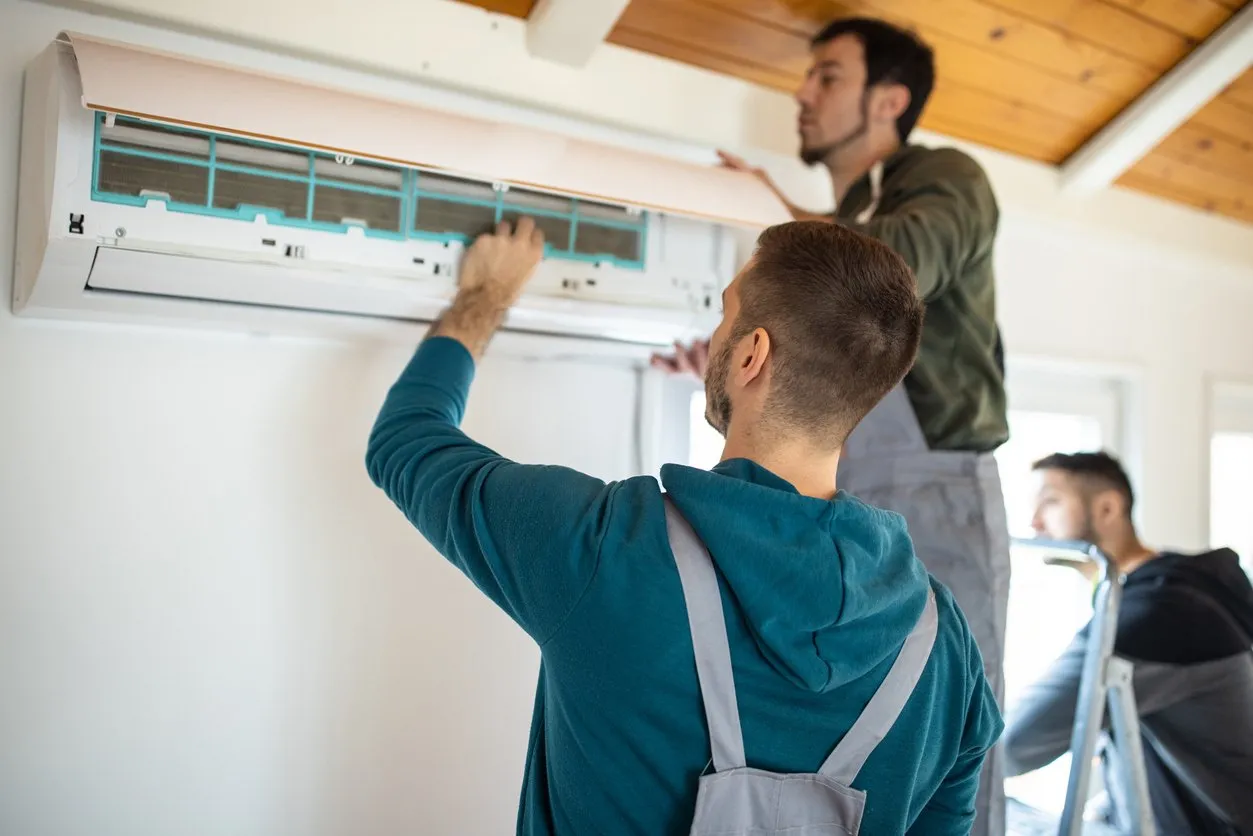Revolutionize Your Space: 5 Proven Methods to Enhance Your Mold Remediation and Wood Repair Experience

Mold remediation and wood repair services elevate your mold remediation journey and transform your living space into a healthier and safer environment with Elite 1 Restoration. Our expert team brings you innovative solutions tailored to ensure thorough and reliable mold remediation, ensuring your peace of mind and well-being.
Table of Contents
In every homeowner’s worst nightmare, mold infestation and wood damage can wreak havoc on the structural integrity and health of a property. When faced with such challenges, seeking professional assistance becomes imperative. In this comprehensive guide, we delve into the intricacies of mold remediation and wood repair services, exploring their importance, processes, preventive measures, and more.
Understanding Mold Remediation and Wood Repair
Mold remediation and wood repair services are specialized solutions aimed at addressing the detrimental effects of mold growth and wood decay within residential and commercial properties. These services encompass a range of techniques and methodologies designed to eradicate mold, restore damaged wood structures, and ensure a safe and healthy environment for occupants.
The Importance of Professional Services
Mold and wood damage pose significant risks to both property and human health. Attempting to address these issues without professional assistance can exacerbate the problem and lead to costly repairs down the line. Professional mold remediation and wood repair services offer expertise, efficiency, and peace of mind, ensuring thorough remediation and restoration while adhering to industry standards and regulations.
Common Causes of Mold and Wood Damage
Mold thrives in damp, humid environments, making areas such as basements, bathrooms, and attics susceptible to infestation. Poor ventilation, water leaks, plumbing issues, and flooding can contribute to mold growth. Similarly, wood damage can occur due to prolonged exposure to moisture, insect infestation, fungal decay, or physical damage.
Signs of Mold Infestation and Wood Decay
Identifying the presence of mold and wood decay early is crucial for prompt remediation and repair. Common signs of mold infestation include musty odors, visible mold growth on surfaces, water stains, and respiratory issues among occupants. Wood decay, on the other hand, may manifest as soft or crumbling wood, warped or discolored surfaces, and the presence of wood-boring insects or fungi.
The Mold Remediation Process
Professional mold remediation involves a systematic approach to identify, contain, and eliminate mold growth within a property. The process typically includes:
- Assessment and Inspection: A thorough assessment of the affected areas is conducted to determine the extent of mold growth and identify underlying moisture sources.
- Containment: Containment measures such as sealing off contaminated areas and using negative air pressure systems are implemented to prevent mold spores from spreading to unaffected areas.
- Remediation: Mold-infested materials are removed, and affected surfaces are thoroughly cleaned and treated with antimicrobial agents to kill mold spores and prevent regrowth.
- Drying and Dehumidification: High-powered drying equipment is used to remove excess moisture from the air and surfaces, creating unfavorable conditions for mold growth.
- Final Inspection: A final inspection is conducted to ensure that the remediation process has been successful, and the property is safe for occupancy.
Professional Wood Repair Techniques
Wood repair services encompass a variety of techniques aimed at restoring damaged wood structures to their original condition. These may include:
- Wood Rot Repair: Removal of decayed wood and application of wood fillers or epoxy resins to reinforce and repair damaged areas.
- Structural Reinforcement: Installation of support beams, braces, or reinforcements to strengthen weakened or compromised wood structures.
- Surface Refinishing: Sanding, staining, and sealing of wood surfaces to restore their appearance and protect against future damage.
Preventive Measures for Mold and Wood Damage
Preventing mold and wood damage requires proactive measures to control moisture levels, improve ventilation, and address potential sources of water intrusion. Homeowners can take the following steps to mitigate the risk of mold and wood decay:
- Maintain Proper Ventilation: Ensure adequate ventilation in bathrooms, kitchens, and other moisture-prone areas to reduce humidity levels and prevent condensation.
- Address Water Leaks Promptly: Repair any plumbing leaks, roof leaks, or foundation cracks immediately to prevent moisture buildup and water damage.
- Monitor Indoor Humidity: Use dehumidifiers to maintain indoor humidity levels between 30% and 50%, especially in areas prone to mold growth.
- Inspect and Maintain Wood Surfaces: Regularly inspect wooden structures, furniture, and fixtures for signs of damage or decay, and address any issues promptly.
Cost Considerations for Remediation and Repair
The cost of mold remediation and wood repair services can vary depending on various factors, including the extent of the damage, the size of the affected area, and the complexity of the remediation process. On average, homeowners can expect to pay anywhere from a few hundred to several thousand dollars for professional remediation and repair services. While the upfront costs may seem daunting, investing in timely remediation and repair can help prevent further damage and save money in the long run.
Choosing the Right Mold Remediation Company
When selecting a mold remediation company, it’s essential to consider several factors to ensure you’re making the right choice. These may include:
- Experience and Expertise: Choose a company with extensive experience and expertise in mold remediation and wood repair services.
- Certifications and Licensing: Verify that the company holds relevant certifications and licenses, indicating compliance with industry standards and regulations.
- References and Reviews: Check online reviews, testimonials, and references from past clients to gauge the company’s reputation and track record.
- Insurance Coverage: Ensure that the company carries liability insurance and workers’ compensation coverage to protect against any accidents or damages during the remediation process.
- Written Estimates and Contracts: Obtain written estimates and contracts detailing the scope of work, timeline, and costs involved to avoid any misunderstandings or disputes later on.
FAQs (Frequently Asked Questions)
How long does the mold remediation process take?
The duration of the mold remediation process depends on various factors, including the size of the affected area, the extent of the damage, and the remediation methods employed. In general, smaller-scale remediation projects may take a few days to complete, while larger or more complex projects may take several weeks.
Is mold remediation covered by homeowners insurance?
Whether mold remediation is covered by homeowners insurance depends on the cause of the mold and the terms of your insurance policy. In many cases, insurance policies may cover mold remediation resulting from covered perils such as sudden water damage or plumbing leaks. However, mold resulting from neglect or lack of maintenance may not be covered.
Can I remove mold myself?
While minor mold issues may be manageable with DIY methods, it’s generally recommended to seek professional assistance for larger or more severe infestations. Professional mold remediation companies have the expertise, equipment, and resources to safely and effectively remove mold while minimizing the risk of exposure and cross-contamination.
How can I prevent mold from returning after remediation?
To prevent mold from returning after remediation, it’s essential to address underlying moisture issues and implement preventive measures to control humidity levels and prevent water intrusion. Regular maintenance, proper ventilation, and prompt repairs of leaks or water damage can help minimize the risk of mold recurrence.
Are there any health risks associated with mold exposure?
Mold exposure can pose various health risks, especially for individuals with respiratory conditions, allergies, or compromised immune systems. Common health effects of mold exposure may include allergic reactions, respiratory symptoms, skin irritation, and exacerbation of asthma or other respiratory conditions.
How much does wood repair cost?
The cost of wood repair services varies depending on the extent of the damage, the type of wood, and the repair techniques required. Minor repairs such as filling cracks or sanding surfaces may cost a few hundred dollars, while more extensive repairs such as structural reinforcement or replacement of damaged wood components may cost several thousand dollars.
Conclusion
In conclusion, mold remediation and wood repair services play a vital role in maintaining the structural integrity and safety of residential and commercial properties. By understanding the importance of professional services, recognizing the signs of mold and wood damage, and implementing preventive measures, homeowners can effectively mitigate the risk of mold infestation and wood decay. Remember to choose a reputable and experienced mold remediation company for thorough and reliable remediation and repair solutions.




